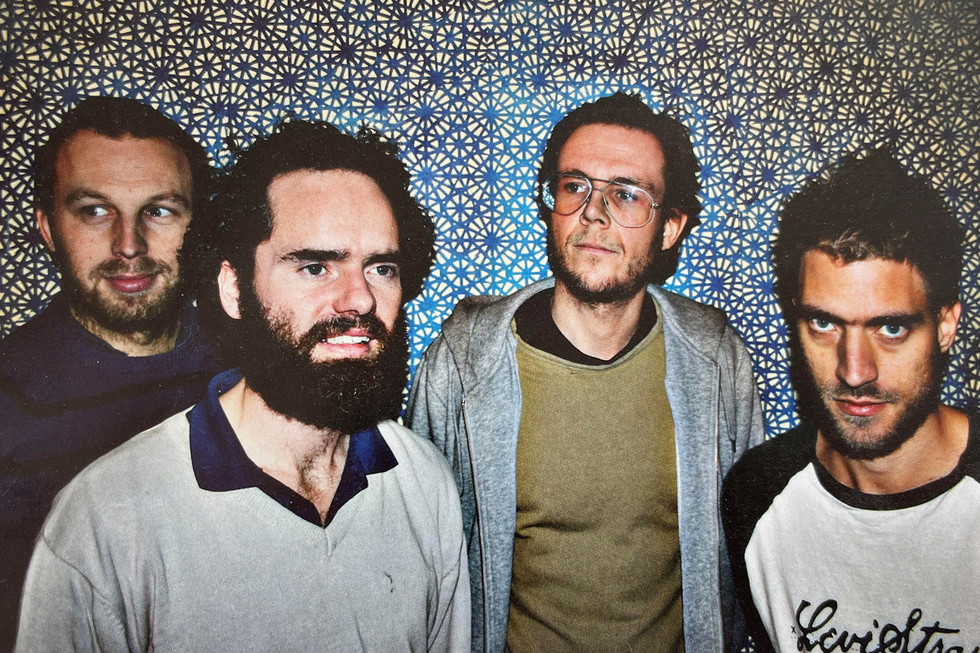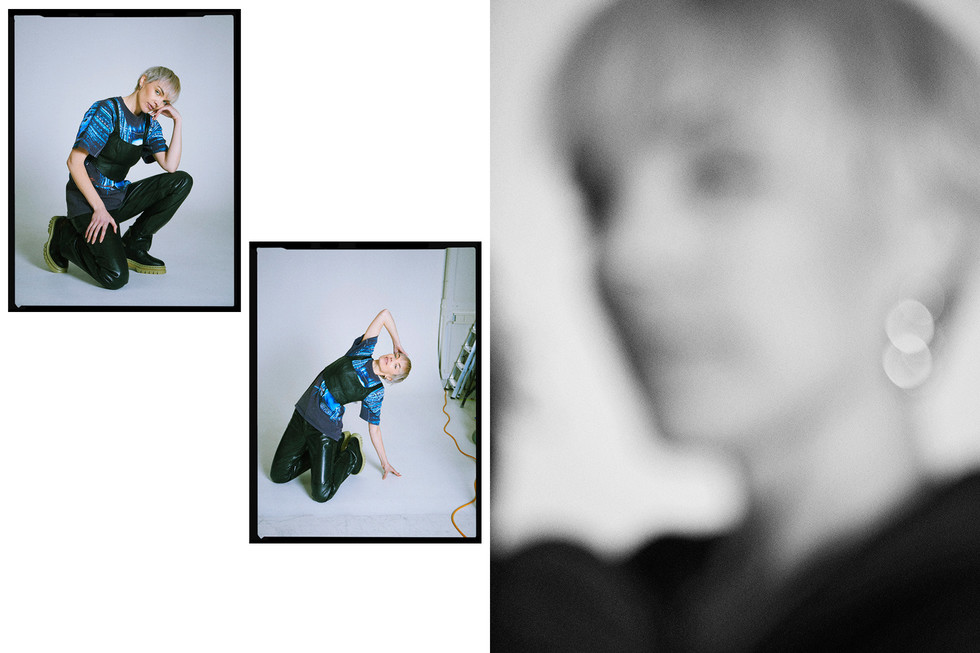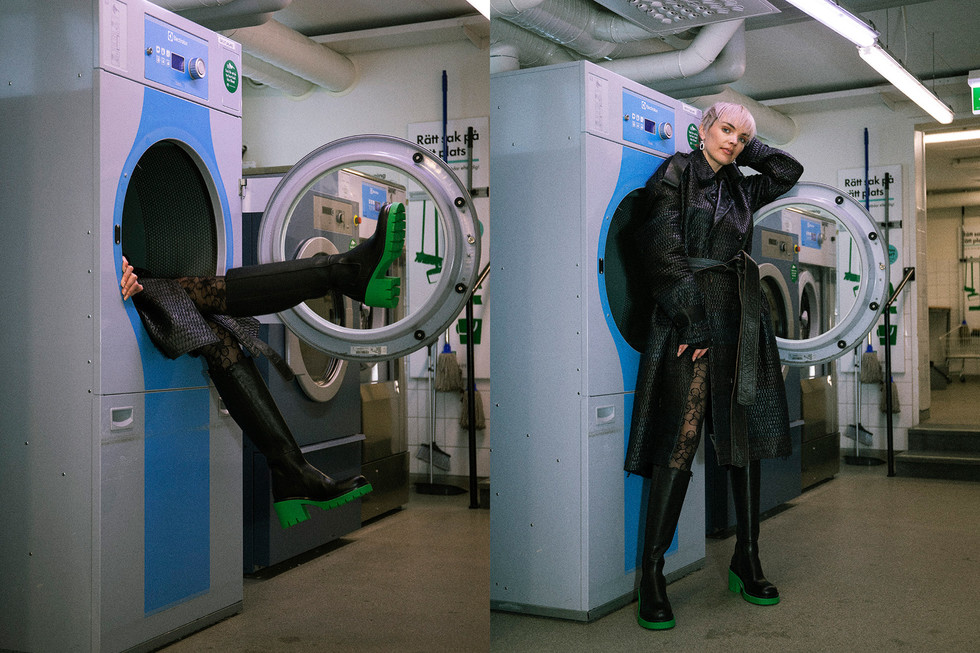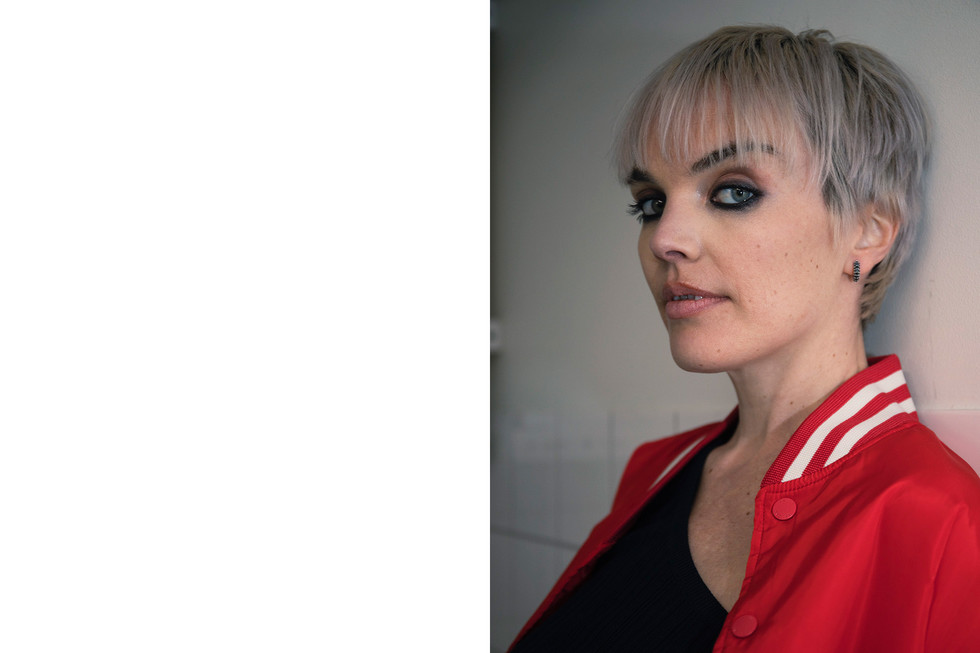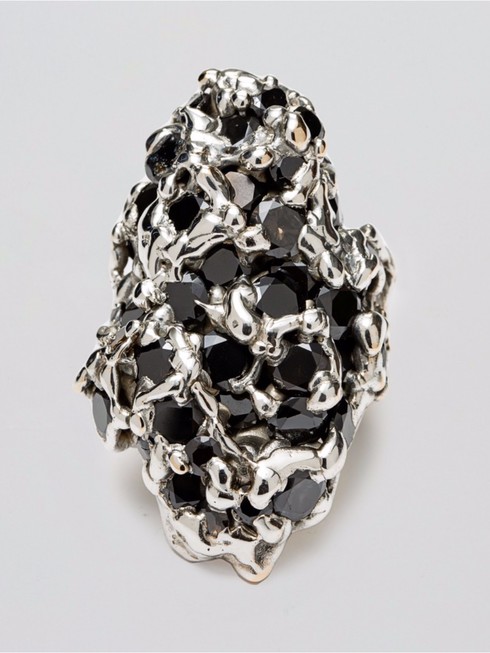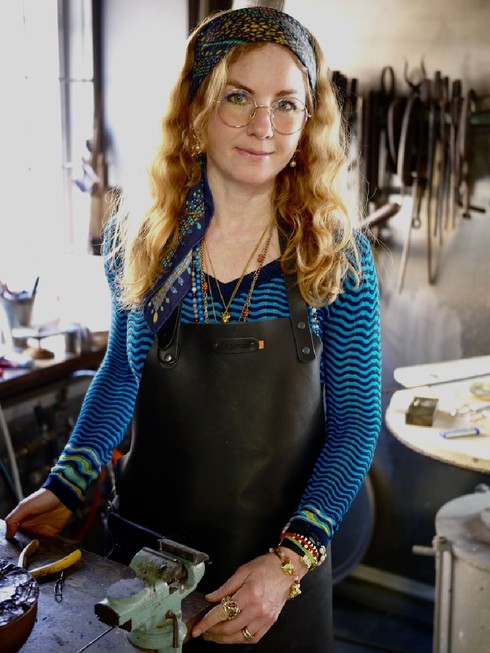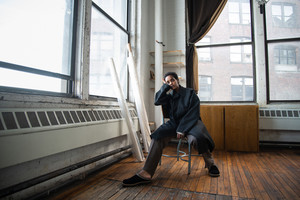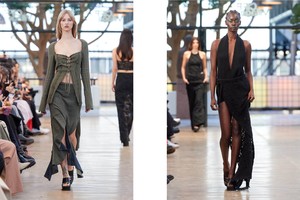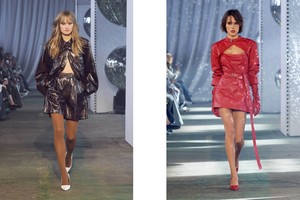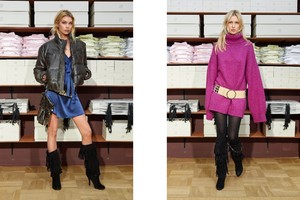“It's been the busiest spring ever. It's been very hectic, but also really, really fun”, says Nea about where she finds herself in 2023. A well-established name in the songwriting community, Nea is the pen behind hits such as “Lush Life”, a song that represented her breakthrough. “With that song, so many of those doors opened, and I felt like I became somebody that people reached out to, instead of always being the one knocking on doors. That was a really big moment for me,” says Nea. In 2019, she stepped into the spotlight and took on the role of an artist. This year marks a special one for Nea, as her first album, “TRANSPARENT”, is expected to be released in the autumn.
Nea remembers singing in the car with her family as her first memory of music. “I don't have any family in the music business, but I feel like everyone in my family has musicality. I grew up in South Africa until I was four, so we sang a lot of South African gospel songs.” Her musical journey took her from writing songs as a child after her family relocated to Sweden, to writing songs for her band as a teenager, to travelling to Cuba to learn guitar and Barcelona to record her first demos, to basking on the streets of Stockholm, to eventually lending her penmanship to singers like Zara Larsson, Tove Styrke, Sabina Ddumba and many others. She credits artists from the early nineties as her main sources of inspiration when she creates, drawing from sounds created by Alanis Morissette, No Doubt, and Lily Allen, but also from bands like Fleetwood Mac.
Her transition from songwriter to artist happened by chance when, as she pitched “Some Say”, she was told she should sing and release it as an artist. “At first, I was unsure if it was the right move because I love the process of being a songwriter. As a writer, you're trying to put the light on somebody else and make it real for them. And as an artist, you have to take that light to yourself, and you're a bit more exposed,” says Nea. What started as a play on Eiffel 66's “I'm Blue” melody eventually became Nea's debut single, being released in the autumn of 2019. “Some Say” managed to top the charts in more than 20 countries and gathered over half a billion plays only on Spotify.
At the beginning of 2023, Nea released “A Lover Like Me,” a feisty self-love anthem peppered with ironies and born out of dissatisfaction with the selection of lovers. It was followed by the dreamy “YES”, a song Nea wrote years ago but took her time to find the right sound to match the lyrics, to mature and grow into it, mirroring in some ways the trajectory of her career. “It's the oldest song on the album, and it's the song I've always come back to,” says Nea about the piano-heavy number. In addition to dedicating herself to fine-tuning the last details of her debut album, Nea is also mentoring young songwriters as part of Songland, a TV show on national Swedish Television SVT from March to May, where experienced songwriters mentor newcomers in the field and help them pitch their songs to established artists. “My heart is really in the songwriting community, and I felt like it was such an exciting idea to help these up-and-coming talents finalise their songs and turn them into something perfect for the artists.”
Natalia: You mentioned in one interview that the first years after moving to Stockholm were very difficult and that it felt like it was constant hustling. What made you want to continue?
Nea: Coming from a small town and not having any connections in the music industry was hard because you hope to be found by somebody who can open those doors for you. But it wasn't that easy to know where to start because the music business is pretty small and closed before you’re in it. I feel like I was knocking on every door and nobody cared for many years, but at the same time I knew that I wanted to do music for a living and, for that reason, I continued. Also along the way, I always got support from friends and random people telling me that I’m great, and not that it made any difference to connect with the industry, but it strengthened that feeling that if I want it, I should keep going.
N: How do you approach writing?
Nea: It's always different, but I feel like for me, melodies come very naturally and intuitively. Lyrics too of course but sometimes it's harder work to find those exact words. So I spend a lot of time typing down lyrics, always trying to have a bank of ideas to work from. And if I watch TV, I will pause many times during a show to type stuff down and pay attention to how words are used. I also read books in English and the latest one I liked was Paradise by Abdulrazak Gurnah.
N: Tell me more about the transition from being somewhat in the shadows as a songwriter to stepping into the spotlight as an artist?
Nea: Some Say had its peak during the pandemic, so it was very special to have such a big song and big opportunities coming in, such as playing festivals. And then, one by one, everything got cancelled. At the same time, I was a bit overwhelmed by the whole thing back then. I hadn't been planning on being an artist and when things got cancelled, it was a bit of a relief, to be honest. I didn't feel ready to get up on that stage and meet an audience yet, but I did a lot of TV and radio interviews when I didn't have an audience during the pandemic. Looking back now, I'm bummed we didn't get the chance to do those festivals because now I feel prepared to meet an audience. But maybe it was for the better for me as a person to take it step by step and to have a smooth transition. Now I feel very ready and excited to start playing more shows, which I hope to do with this new album.
N: Why did you decide to name your first album Transparent?
Nea: I named it Transparent because I wanted it to be true to myself, to what I want to say and what I want it to sound like. In some of the songs, I dig deeper and talk about personal traumas, friendships, love stories or things that I haven't touched upon in my music before. Now, as an artist, I feel like I have to learn to listen to myself. What do I want to say? What's my vision for music? And actually, it's taken a second to find that vision for the music. With Transparent, I came in with a clear vision of what I wanted the music to sound like and what I wanted to say with this album.
N: How has the process of creating your debut album been?
Nea: I met with Daniel Ledinski, who is the producer of the whole album, about a year ago and started working on it. The collaboration between us has been a vital part of the album and his input on the songs and the sound has been very valuable. Some songs were written beforehand, but it's still the two of us putting the final touches. Also, one significant difference between the music that I've put out before is that this time around, for a lot of the songs we've been recording with a live band in the studio. So it's not just samples and computerised music. That's how I recorded my first demos back in the days when I was fifteen. So it feels really fun for me to go back to the basics, back to the roots because I feel like I'm connecting with something within myself.
N: Has it also been a bit scary to do?
Nea: I think it's always scary to release music. It's fulfilling when you find the right thing, but it's always scary. As an artist, you put yourself out there, and you ask people to have an opinion about you. So it's taken a while for me to learn to handle that thing because I'm a pretty private person. But you learn and you grow. And now I think it's really fun to be in that spotlight. As a songwriter, in the end, it's always down to someone else to decide which song is the song, and how to release it. While now as an artist, I have the power throughout the whole process, and that's been super fun. As a songwriter, I feel like one of my biggest roles is to dig into the depth and pull things out of the artist, and with the transition and this album, I had to look deeper into myself.
N: What do you hope listeners take away from your music?
Nea: I hope that it resonates with people so they can feel emotions, whether they are happy or sad. Have fun with the music or cry to the music - feel something!
Listen to YES

